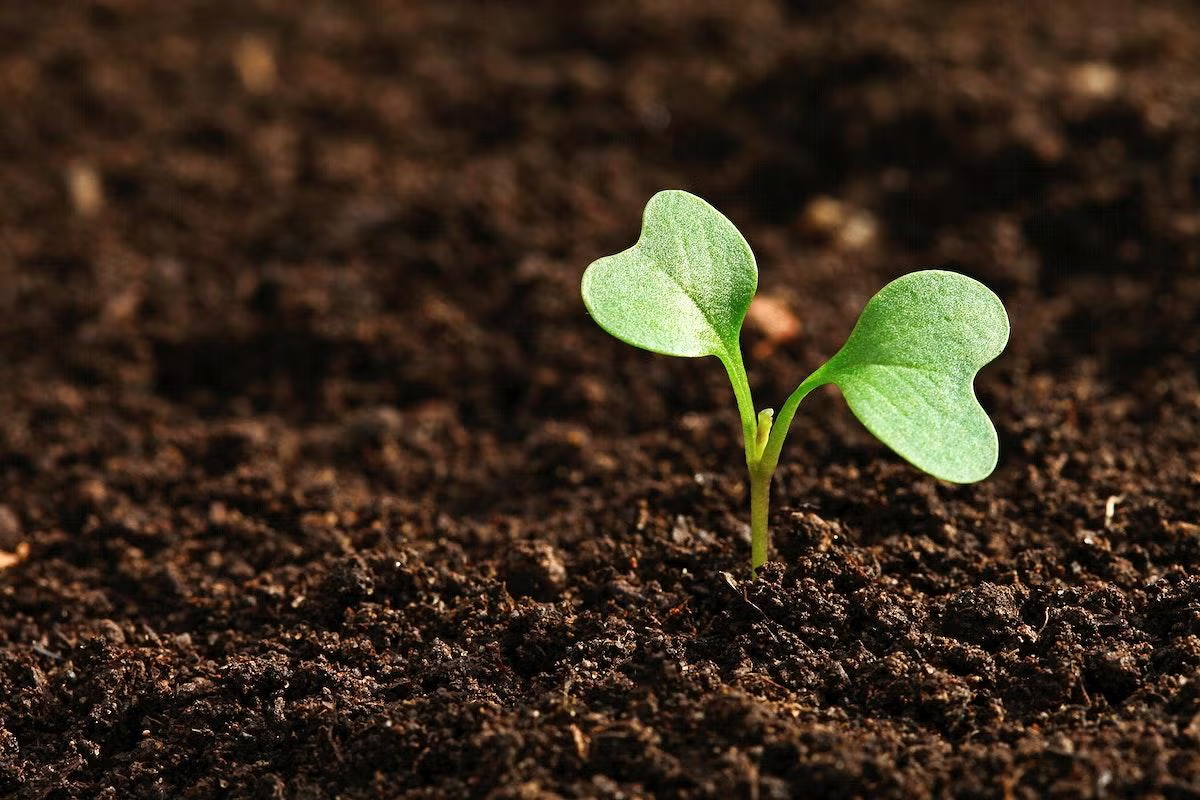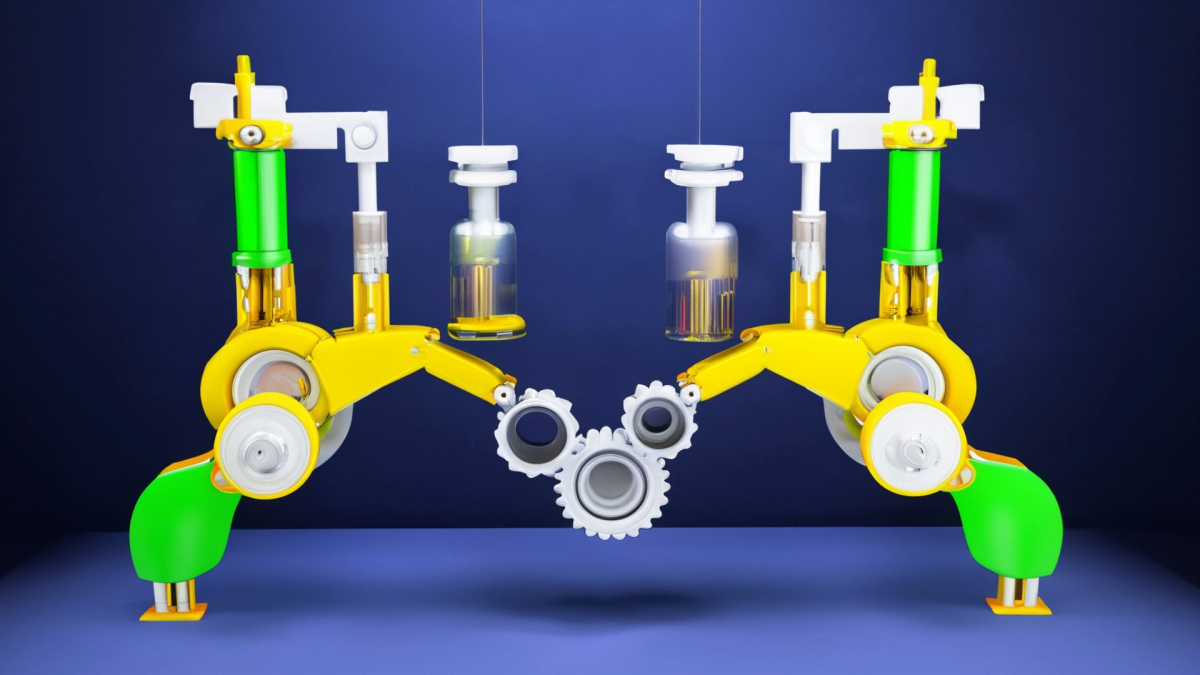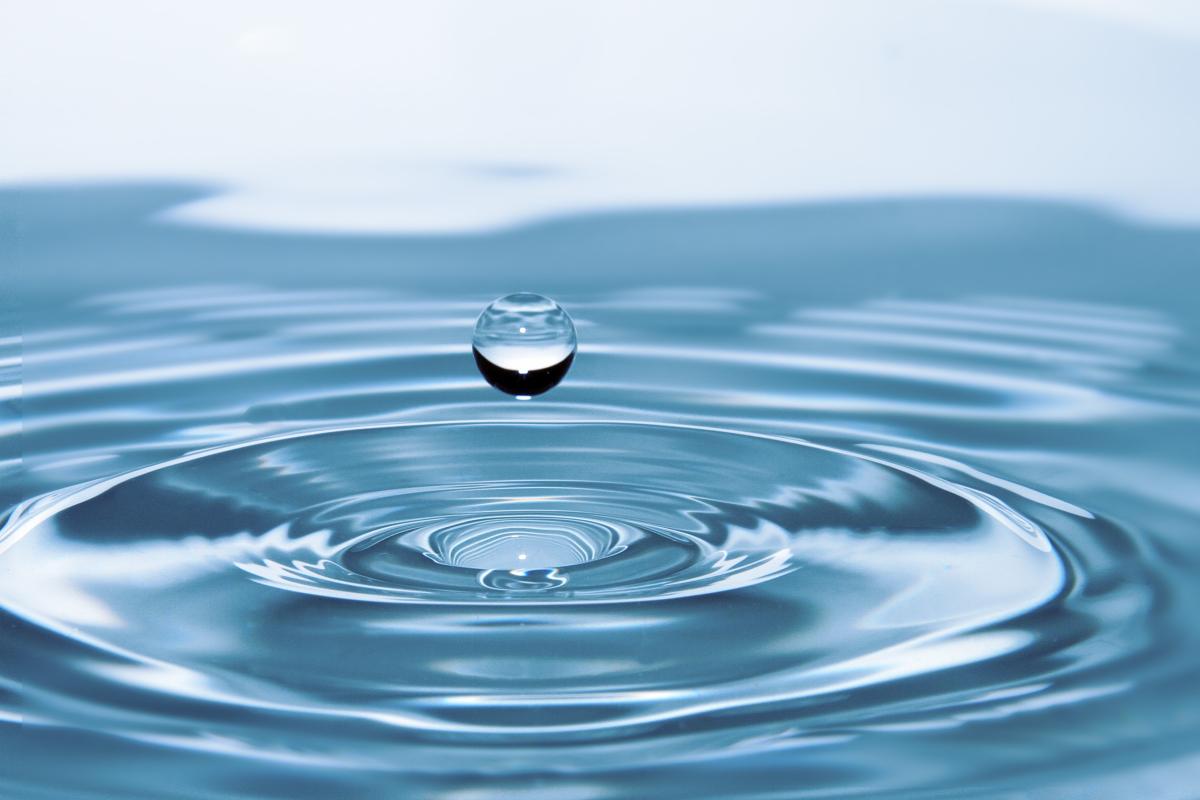Built as a month long, end of year project, students get to discover the water quality of several geographically different natural water sources by completing field research and data collection. As a
The Mystery Box Investigation combines science concepts about properties of matter, how we use and identify matter based on its properties, and the mathematical concepts needed to calculate density
The students receive a sample population of "bears" and use the colors and ratios to determine the genotypes of the captive bears and their parents.
Students will discover the relationship between mass and volume in relation to density through an inquiry lab. Students will take mass and volume data of several different solid substances and compare
In this physics lesson, students carry out a lab activity to determine Hooke's Law and investigate spring constants.
This engaging lesson is an introductory lesson regarding the size and scale of the Universe and objects within. This was designed for high school Astronomy but is easily useable with ages down through
7th Grade students will apply what they have learned about electricity and magnetism to understand electromagnets. Students will explore electromagnets and investigate the factors that affect the
An introduction to Kepler's 1st Law and ellipses. The lesson includes some guided notes for students as well as a hands on activity where students will draw, measure, explore, and conduct calculations
The basics of natural selection will be highlighted using the Natural Selection PhET simulation where students complete a series of challenges. As a result of this experience, students will be able to
The basics of natural selection will be highlighted using the Natural Selection PhET simulation where students complete a series of challenges. As a result of this experience, students will be able to
Students will be learning about the Fibonacci mathematical design pattern. They will learn about the 3 different mathematical Fibonacci sequence designs, vocabulary, and creating their own art
This lesson allows students to explore and build a tangible understanding of how and why changing side lengths impacts the overall volume of a rectangular prism. Students will explore how ratio
It is a lesson that is based on Mathematical computation and Project based learning. Students have to find the proportional relationship between the surface area of the house and the paint to be used
Students think about dipping a cube in paint, then count the amount of faces that are painted (either 1, 2, 3, or none) they then make a table with the data and are asked to find any patterns they may
Students examine the relationship between a ball's bounce height and its drop height to see a linear relationship. They then calculate the slope of their data to compare "bounciness" with other groups
This lesson is the first of two about vermicomposting. It explains what vermicomposting is and how to start a worm bin. The second lesson will discuss harvesting compost and moving worms to a garden
This is a lesson involving math, science, and engineering. Students are also required to write a reflection paragraph. Students will use a scale to create a scale drawing of a sustainable house that
This lesson is about Mars and Martian water. It introduces students to the geography of Mars and the various ices found on Mars. This is the 1st lesson in a 2-part series.
In this lesson, students will learn about the history of flight and the technological advancements that led to modern aviation. Students will learn about how the study of birds and other flying
In this hands-on lesson, students will explore a solar panel kit. They will measure all aspects of the kit and create a scale drawing, using proportions.
This is the 3rd lesson of a 4-part series. In this lesson the students will be using their gauge from their swatch to design a garment or accessory for a model. Using proportional relationships
Featured Lesson Plans
Check out these notable lesson plans.

Pumpkin Jack Part One
This lesson includes fourth grade reading, writing, math, science, and engineering standards. The potential is endless with additional enrichment activities. Students participate in the nurturing and

Simple Machines Save the Day
In this lesson students read about simple machines and learn that simple machines make it easier to lift or move things and that they can change direction and magnitude of force. Students use LEGOs to

Students are tasked with using the Engineering Design Process to create a system of harvesting rainwater to meet the needs of residents in communities that have a scarce water supply (shortage of


